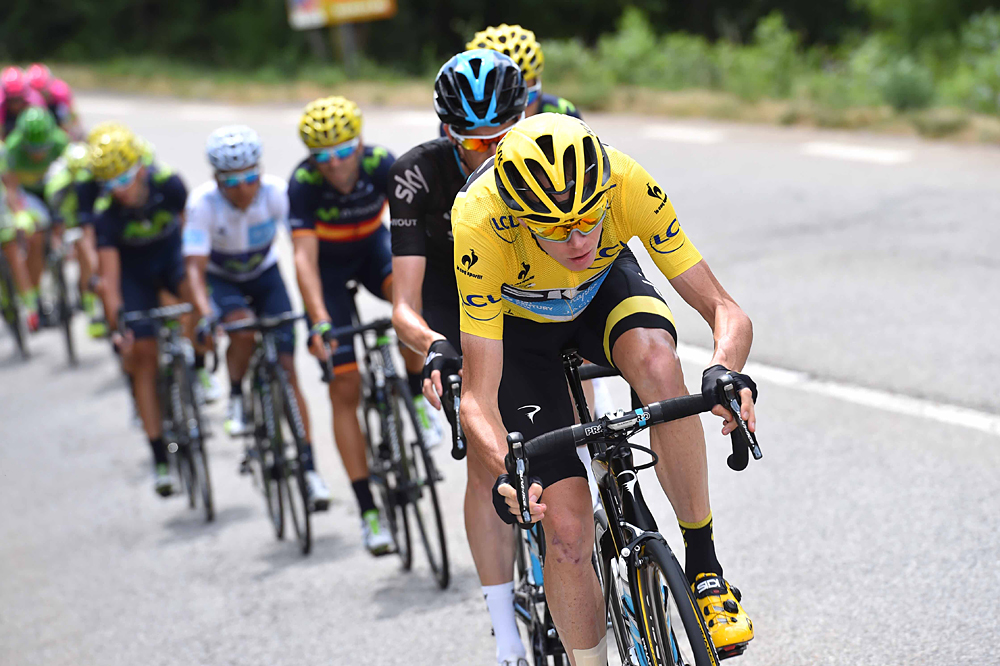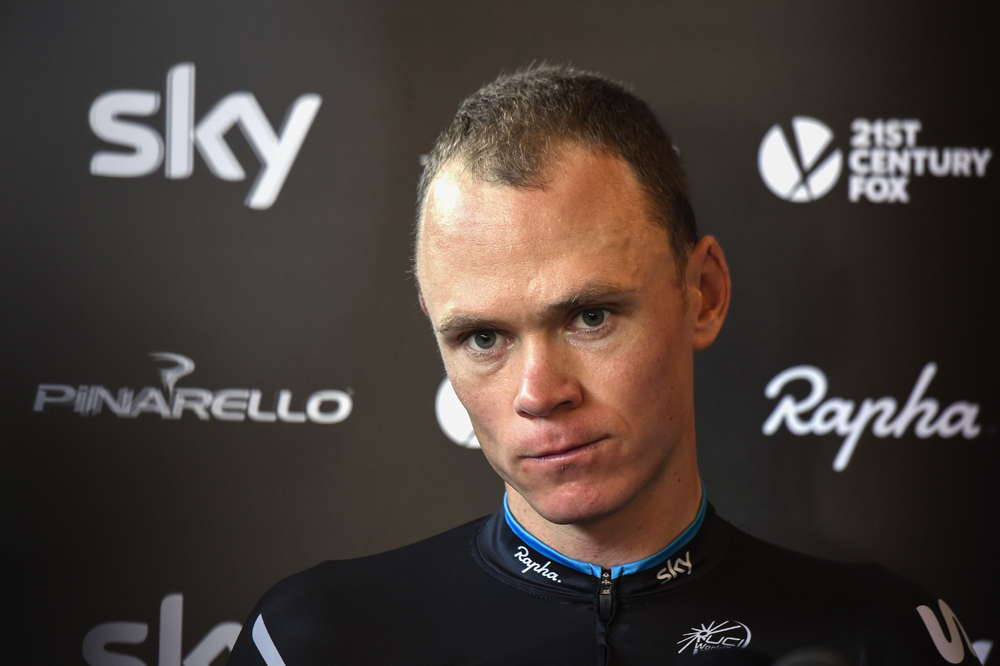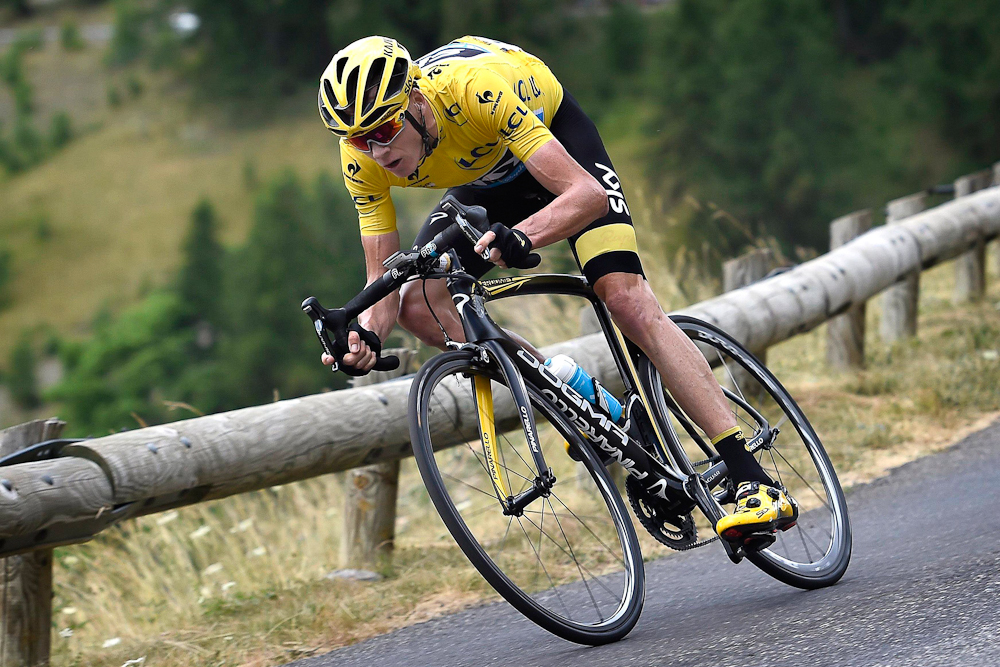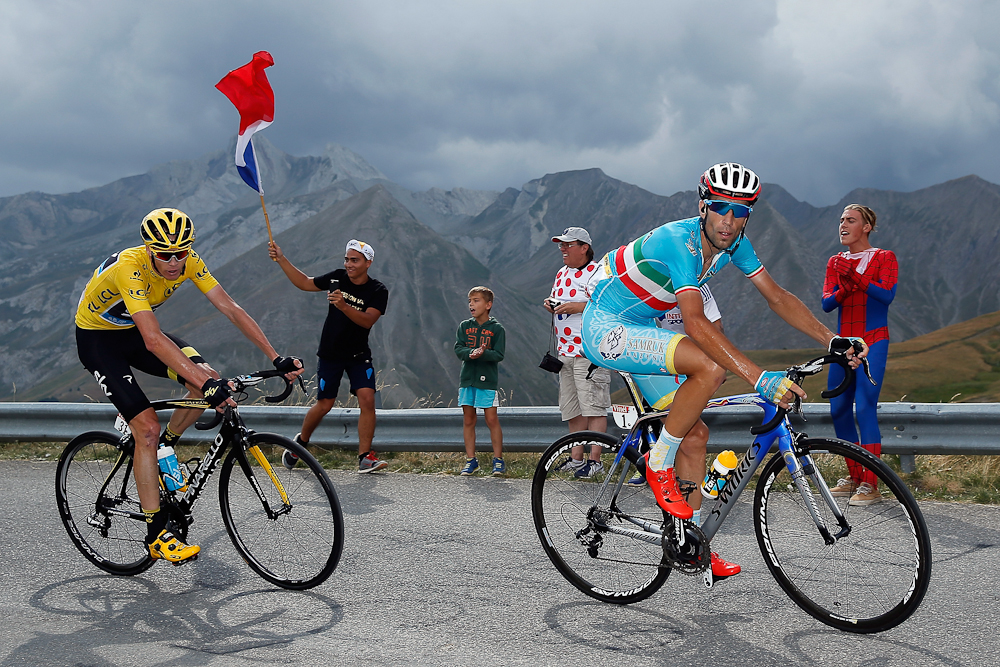Sky's release of Froome's Tour de France data fails to clear the air
Accusations and doubts persist, fresh questions are raised





If Team Sky believed the move to make public Chris Froome’s data from the summit finish at La Pierre-Saint-Martin on stage 10 of this year’s Tour de France would silence the doubters, they will have been left disappointed.
Tim Kerrison, Sky’s head of athlete performance, addressed the media during the second rest day of the Tour de France to explain Froome’s numbers after a documentary on Stade 2 estimated some his values for the climb, with physiologist Pierre Sallet concluding that Froome either has an extraordinary physiology or is doping.
It is the nature of the beast that it is nigh on impossible to provide concrete proof that a rider is clean and this new information has only offered another small glimpse of a still incomplete picture, raising with it only fresh questions.
One such question is how Froome, if averaging 5.78 watts per kilogram on La Piere-Saint-Martin as Sky claim, climbed so much quicker than those who supposedly outpowered him, like Robert Gesink (5.93 w/kg). This only leads to fresh speculation, as well as highlighting the fallibility of assessment by numbers and the many variables by which they are affected.
How are we to know Gesink’s power meter is producing completely accurate data? Do his and others’ computers take into account fluctuations in weight from day to day? How can we have faith in Sky’s numbers, modified from the raw data because they claim osymetric chainrings overestimate power by six per cent?
The new numbers have failed to satisfy Sallet, who has revised his calculations in a fresh report published under the banner of his Athletes for Transparency body. Having originally taken Froome to weigh 71 kilograms, the 67.5kg figure given by Sky leads him to believe Froome averaged 408 watts over the climb, compared with his original 425 estimate and Sky’s claim of 414.
Whereas he based his fist conclusions on a Maximal Aerobic Power of 7.04 w/kg – which is a different measurement to Sky’s 5.78 average power output – he now believes the figure to be 7.2 w/kg. Given that he claimed that those who posted above 7 w/kg were known dopers, with images of Lance Armstrong and Jan Ullrich appearing on the Stade 2 screen, Sky’s new data has only bolstered his assertions.
The latest race content, interviews, features, reviews and expert buying guides, direct to your inbox!
He concludes again by stating three possibilities: either Froome has a unique physiological profile, he is using performance enhancing drugs, or he is using a motor in his bike.
Of course, this is nothing we didn’t know already and in many ways the debate has advanced little despite all the brouhaha that has surrounded the Tour de France maillot jaune.
Sallet has echoed many in calling for Froome’s information to be released in its entirety, from power numbers and biological passport data to medication history. Team Sky principal Dave Brailsford has welcomed the idea of the introduction of a power passport, which would be a step in the right direction but, given the myriad variables touched on above, seems years away from becoming a reliable yardstick.
Sky have tried to regain control of the narrative by releasing Froome’s numbers but only full transparency would come close to quelling the innuendo. Even then, a wider, reliable, system of analysis would need to be implemented to provide concrete answers.
Patrick is a freelance sports writer and editor. He’s an NCTJ-accredited journalist with a bachelor’s degree in modern languages (French and Spanish). Patrick worked full-time at Cyclingnews for eight years between 2015 and 2023, latterly as Deputy Editor.
